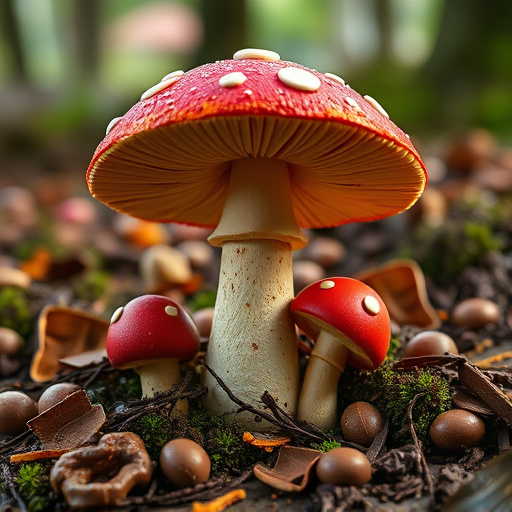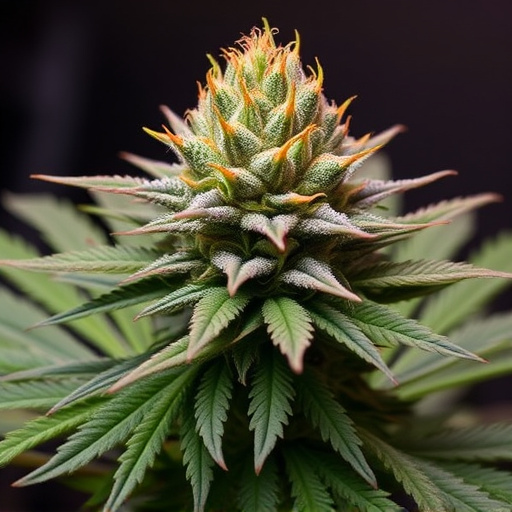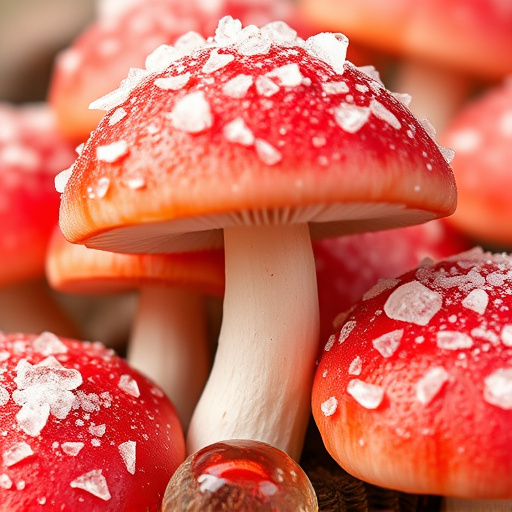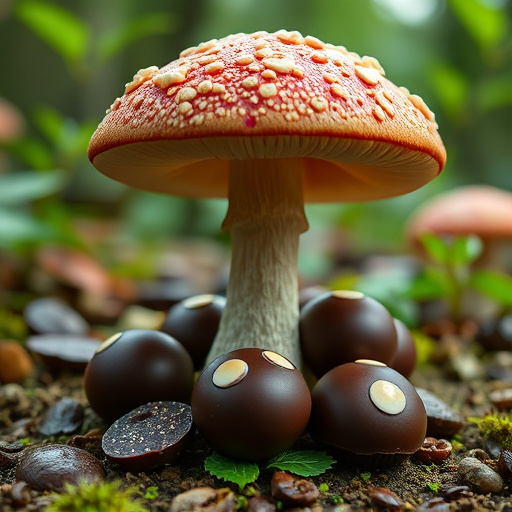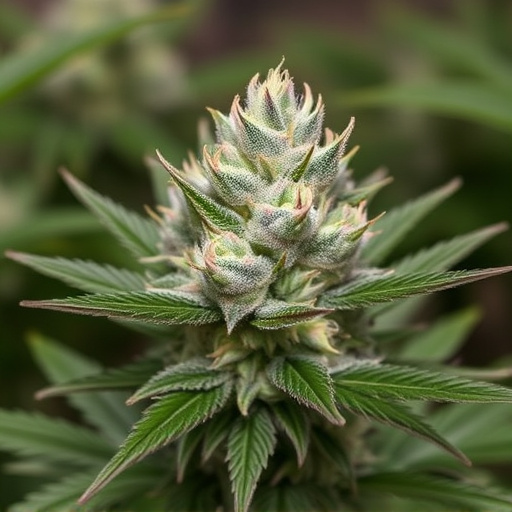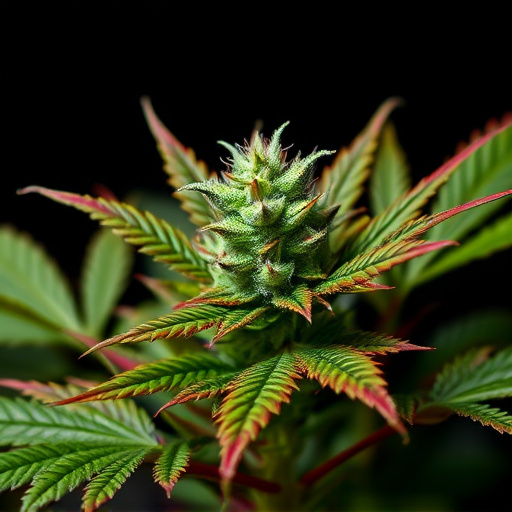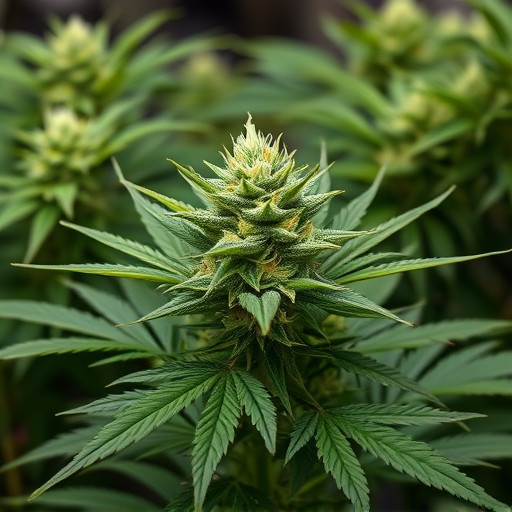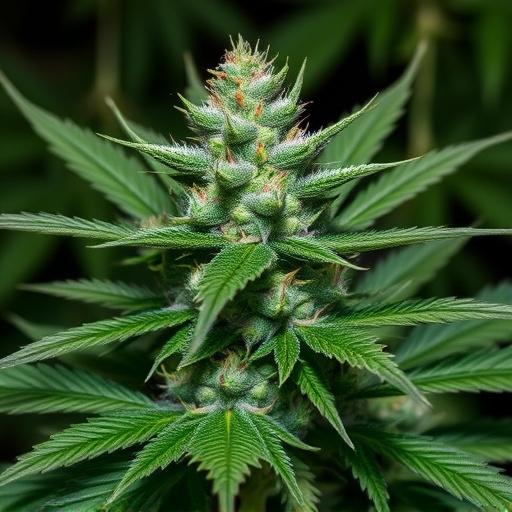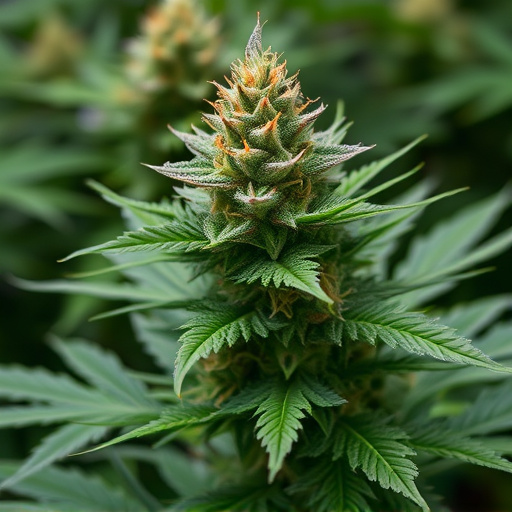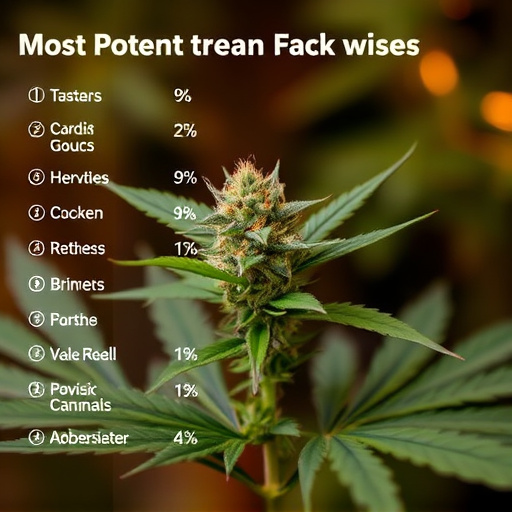Discover what sets apart the most potent strains of cannabis. This article unravels the intricate factors that determine quality weed, from understanding cannabinoid profiles and terpene diversity to cultivation techniques and environmental influences. Learn how these elements converge to create superior yields and exceptional experiences. Uncover the secrets behind the best-in-class cannabis varieties and elevate your knowledge on what makes each strain truly remarkable.
- Understanding Cannabinoid Profiles and Their Impact on Quality
- Terpene Diversity: The Scent and Flavor Contributors
- Cultivation Techniques and Environmental Factors for Optimal Yield
Understanding Cannabinoid Profiles and Their Impact on Quality
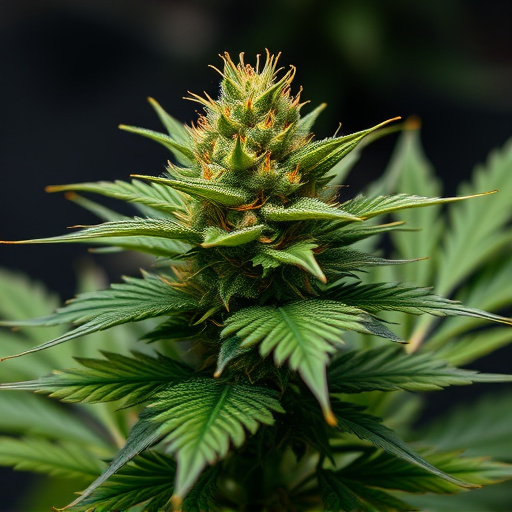
Cannabis enthusiasts and experts alike often refer to the unique chemical composition, or cannabinoid profile, as a key factor in determining quality. These profiles comprise various cannabinoids, such as THC (tetrahydrocannabinol) and CBD (cannabidiol), each contributing to different effects and experiences. The balance and concentration of these compounds play a significant role in creating what is considered high-quality cannabis. For instance, strains known for their most potent effects often have higher levels of THC, offering intense mental and physical sensations.
Understanding cannabinoid profiles allows consumers to make informed choices based on desired outcomes. Research suggests that specific ratios of cannabinoids can enhance therapeutic benefits while mitigating potential negative side effects. As such, understanding the impact of these profiles is essential when seeking out the best quality cannabis, whether for recreational use or medicinal purposes. This knowledge empowers users to navigate diverse strains and select those that align with their preferences and needs.
Terpene Diversity: The Scent and Flavor Contributors
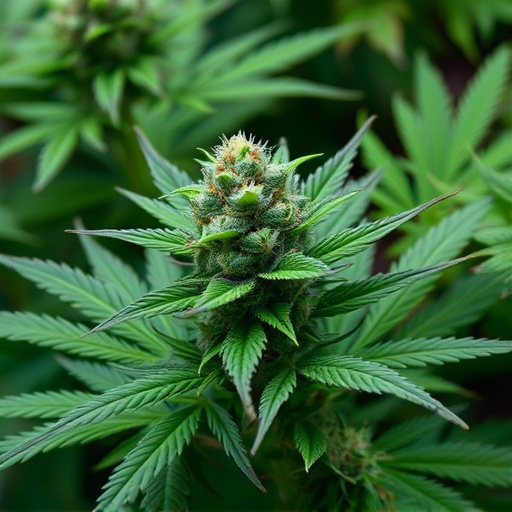
Terpenes, often referred to as the “essential oils” of cannabis, play a pivotal role in shaping the scent and flavor profiles we associate with different strains. These aromatic compounds are not only responsible for the distinct smells that make certain strains instantly recognizable but also contribute to the overall experience, including potential therapeutic effects. The diversity of terpenes found in cannabis is vast, with over 100 identified types, each offering unique characteristics.
In the quest for the most potent strains of cannabis, terpene profiles are carefully examined. Certain terpenes like myrcene, limonene, and pinene are known to enhance cannabinoid potency and create a more intense sensory experience. For instance, myrcene, often found in high concentrations in strains like Blue Dream and Granddaddy Purple, is associated with earthy, musky aromas and has been linked to potential anti-inflammatory properties. This complexity of terpene interactions contributes to the diverse effects users may encounter when consuming different cannabis varieties.
Cultivation Techniques and Environmental Factors for Optimal Yield

Cultivation techniques and environmental factors play a pivotal role in producing the most potent strains of cannabis. Advanced farming methods, such as hydroponics or soil-based organic cultivation, significantly impact the final product’s quality and yield. Hydroponic systems, for instance, offer precise control over nutrient delivery, allowing cultivators to optimize conditions for robust plant growth and enhanced cannabinoid production.
Environmental considerations are equally vital. Cannabis plants thrive in specific temperature, humidity, and light regimes. Ideal growing temperatures typically range between 70-85°F (21-29°C), with relative humidity maintained around 40-60%. Lighting is another critical aspect, as LED or high-pressure sodium lights can mimic the natural sunlight spectrum, promoting robust plant development and maximizing cannabinoid content.


